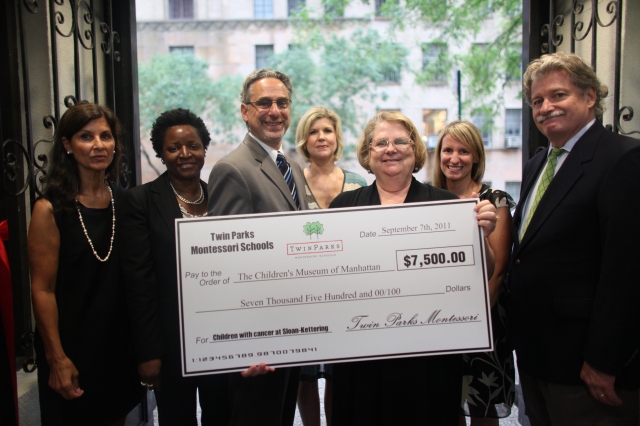Maria Montessori was a scientist who was ahead of her time. She used her uncanny scientific observation skills to observe children learning. The information she gathered translated into an educational method using multi-sensorial, hands-on materials in multi-aged classrooms that you can see at Twin Parks Montessori Schools.
When Dr. JoAnn Deak, brain research synthesizer and international speaker, presented information about current brain research to our teachers and parents, she equated the neurons in our brains to rubber bands. The more you use the neurons, the more they grow or stretch. Children will naturally choose a mode of learning that is a natural strength, or one of their longest rubber bands. We do not get to choose the brain we are born with or in what area our strengths will be. Therefore, is the work of our teachers to make sure that our students are in a safe, nurturing environment and feel comfortable taking learning risks. Children need to stretch all of their rubber bands, or neurons. Like a muscle the brain grows and during the night while we are sleeping, it reorganizes the information taken in during the day.
Montessori understood the way our brains work 100+ years ago. Isn’t that amazing? I thought you would enjoy this sort video, titled “Superwoman was Already Here!” Of course the title is in reference to the most recent movie on education titiled, “Waiting for Superman.”







 from the earth’s surface into the lower portion of the troposphere – one of the major outer layers of earth’s atmosphere.
from the earth’s surface into the lower portion of the troposphere – one of the major outer layers of earth’s atmosphere.







